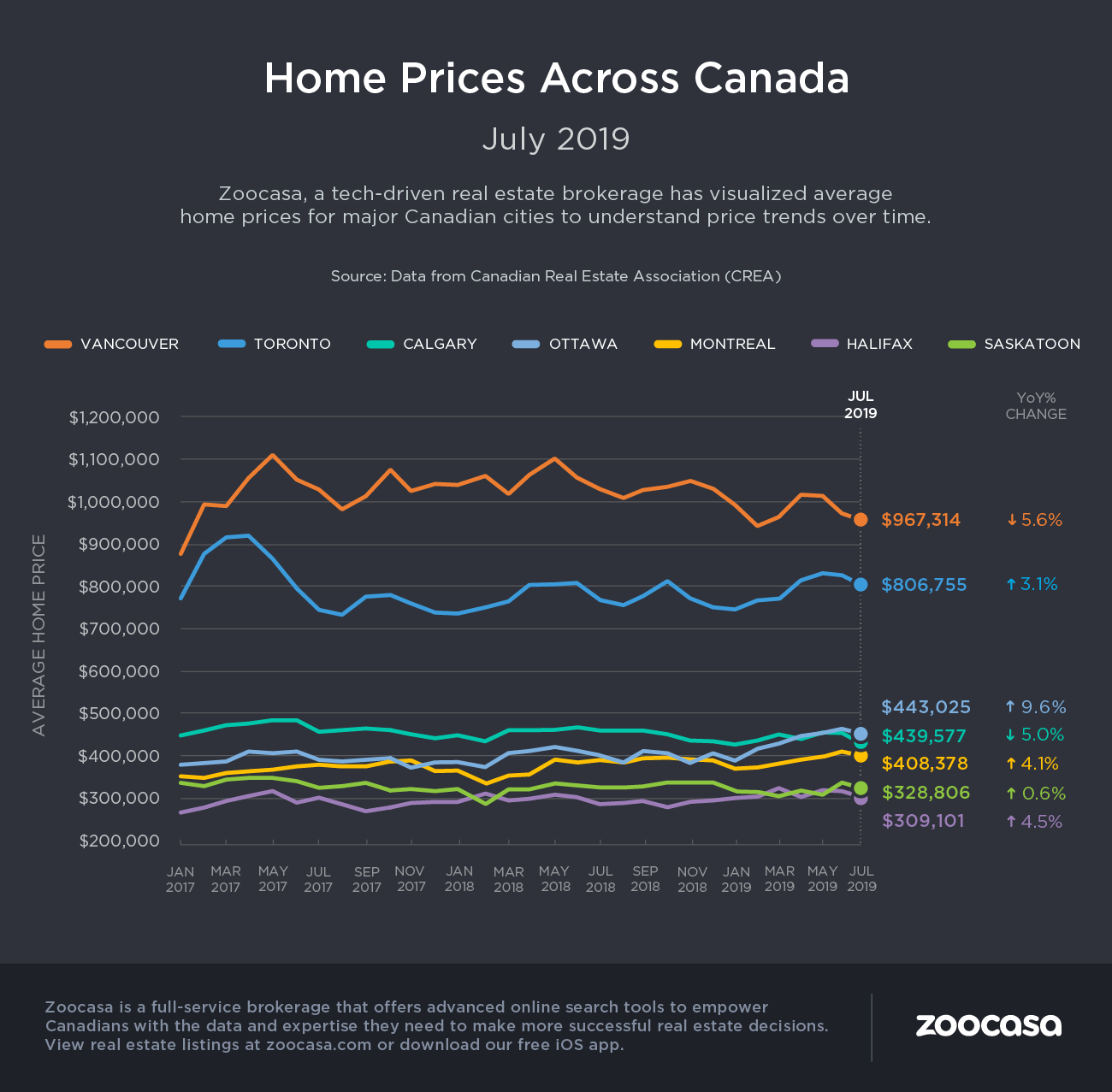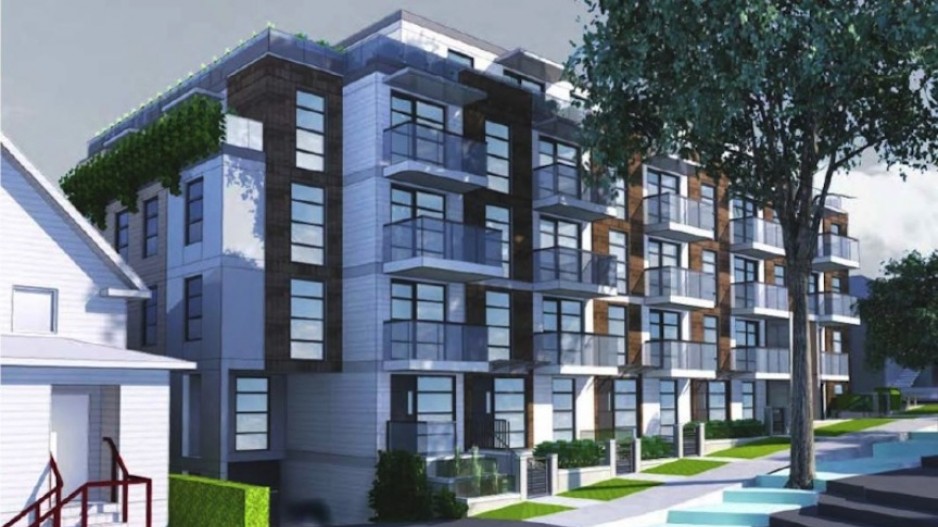Technology and innovative ways changing the real estate industry
Mario Toneguzzi
REM
The real estate industry is facing plenty of disruption these days because of technology and innovative ways of doing business. The initiative getting the most buzz is the iBuyer, which has been well-established in the United States by firms such as Zillow and Opendoor.
“Currently these companies are crushing it,” says Ed DePrato of Sweetly in Edmonton, who is launching his own iBuyer brokerage. “They’re dominating the market. They’re already controlling more than 10 per cent of the available inventory in the cities where they operate.”
He says, “What iBuyer does is save the consumer all of the costs and headaches and hassles normally associated with being for sale. When you’re selling your home, the goal is to be sold. Being for sale is no fun.
“With an iBuyer there’s no interruption in your life. You simply go onto a website, answer a series of questions . . . It takes about 20 minutes and you can add a bunch of pictures if you want, pictures that help us understand the condition of your home. You can even submit information on what makes your home unique, what makes it more valuable or more desirable. Once we get that information we consider that information and weigh it against anything else for sale or sold recently in your neighbourhood and we come up with a value and make you an offer online – all without ever seeing your property.”
If a seller decides to accept the offer, they can set the closing date. The buyer isn’t moving into the home because it is simply buying it to re-sell the property. DePrato says his company’s fee will be eight per cent of the value of the property.
DePrato says this online way of doing real estate is the wave of the future because people are so used to doing everything online these days, from buying clothes and food to booking travel.
“Heck, we even find love online,” he says. “It’s a way for people to trade in their home just like they would trade in a car.”
Properly, a Toronto-based real estate technology startup, launched an iBuyer program in Calgary last year, and recently announced that it has secured funding to expand to Edmonton and other Canadian cities. The company says in a news release that it is “buying or selling a home nearly every day and growing rapidly.”
“There’s been a lack of innovation around real estate in Canada, but that’s changing with Properly,” says Gavin Myers, general partner of Prudence Holdings. “Investing in Properly was a clear choice because they’re providing the services homeowners want – convenience and transparency – while eliminating the pain points of selling a home.”
Properly offers a price match guarantee, which means if the home sells for more than Properly’s offer, “the majority of the upside is refunded to the customer,” the company says. “Properly’s service provides certainty, convenience and transparency, eliminating common issues associated with a home sale – inconvenient home showings, costly repairs, uncertain timelines and the risk of the offer falling through,” the company says.
Ross Kay of Ross Kay Realty Consultants in Burlington, Ont. says the iBuyer concept is simply a guaranteed sales initiative like many other ones in the market today.
“It’s just a scam. They’re trying to make the legacy brokerage model look as if it’s not legacy any longer when all they’re doing is rehashing old technologies, old approaches that have been around for four decades,” says Kay.
“Any guaranteed sales program, which is just what an iBuyer is, is structured so that the brokerage really cannot lose money. You’re not really giving them a market value price. Traditionally market value means the Realtor will try to sell your house for more money than what the neighbour sold for. Historically, that’s what market value has meant in organized real estate. Each new property you try to get a higher price. In the iBuyer program, it’s based on the old prices,” says Kay.
Cliff Stevenson, co-owner of Re/Max First Calgary and currently vice president of CREA, says the No. 1 reason for the proliferation of iBuyers on the market is convenience.
“There’s an argument to be made that the selling process can be challenging from a logistical perspective and preparing your home, doing repairs, maintenance, setting it up with your Realtor for showings, accommodating showings… The house could be on the market for quite awhile. There’s a convenience element for it for sure,” says Stevenson.
“There’s also a timing element for some people. Some of these iBuyer programs are able to complete the transaction relatively quickly for sellers – if somebody needs to get out or needs to know their number today and get out right away and move on somewhere else. The iBuyer option may work for them because they’re now having a very quick process as opposed to something that could take some time.”
But the main disadvantage, says Stevenson, is that a seller is not taking advantage of the pool of buyers on the open market.
“You don’t have exposure to the broad market to understand what your potential market value truly is,” he says. “But the other thing is that consumers have proven over the years that the advice they receive from a real estate professional is a huge part of the transaction. They want advice. They’re looking for ways to strategize the selling process. There’s an absence of that in many of these iBuyer models and you don’t have a trusted advisor like a Realtor to navigate through the process. You’re sort of on your own.”
CREA president Jason Stephen of Royal LePage Atlantic in Saint John, N.B., says the attraction of iBuyer programs is that it can be seen as an easier process for home sellers.
“The downside is at the end of the day, does somebody really know they’re getting full value for their house?” says Stephen.
“It’s like any real estate transaction. There’s risk and reward…My only concern is that homeowners should really understand what the true market value is on their house because they could be leaving a lot of money on the table. That’s why we point people to seeking advice from a professional Realtor. One of the jobs of a professional Realtor is to make sure that the transaction is easy and smooth but it’s very complex.”
In Atlanta, Ga., a traditional real estate brokerage is competing with the iBuyers with what it calls an instant offer comparison tool. The brokerage gathers instant move offers from companies such as Opendoor, Zillow and Offerpad, and then compares them to the estimated cost of a traditional sale using their company.
“We treat instant offer companies just like any other buyers and, in limited cases, an instant offer may be the best option for the seller,” says Craig McClelland, vice president of Better Homes and Gardens Real Estate Metro Brokers. “But in other cases, the convenience fees aren’t worth the lost equity. We pull together the information on the homeowner’s behalf, so they see the entire picture. That way, they can make an informed decision on how to sell what’s generally their most expensive asset.”
© 2019 REM Real Estate Magazine



